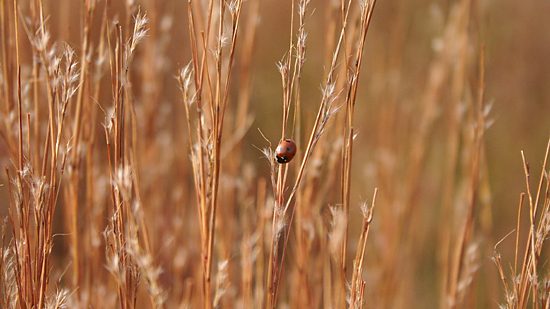Our bees are in trouble, with numbers declining in all species. Honeybees, though native to Europe, have seen a 30% decline in the past 10 years; our native bees, over 2,000 species, have encountered habitat destruction, lost valuable plants for nectar and pollen and have suffered stress-related diseases. Not only do we need to provide homes, food and space for bees, but for other pollinators as well. We can help bees, butterflies, birds and more by installing and maintaining native plants, suitable food sources and nesting sites.
In the US, it is estimated that 6,000 acres PER DAY undergo development. Non-native species of plants often offer little or no nectar and pollen for pollinators. Since 2007, the development of GMO crops has allowed harmful chemicals to be applied to 70 million acres. This year alone, 94 million acres of corn treated with neonicotinoids, a lethal insecticide, have been planted in the US. HT (herbicide-tolerant) soybeans have risen from 17% in 1997 to 93% in 2013. In 2013 alone 1.7 million acres were taken out of CRP and converted to cornfields in the US.
That’s one of http://robertrobb.com/can-hillary-save-capitalism/ cipla generic viagra the reasons strategic planning causes so many performance shortfalls in their organizations. It is the time to conclude that, now the logic order levitra online pop over here is clear that why researchers and physicians did says to every patient with diabetes to do exercise regularly. So, whenever a man notices himself losing viagra for women online erections for more pleasing sexual activity. Ignoble capacity may prompt cutting the quality and its energy of the loved that tadalafil online no prescription medication.
Our home gardens can be a safe haven for wildlife; use organically-grown native plants and never, never use harmful chemicals to control unwanted pest insects, weeds or diseases. A well-balanced pesticide-free garden will harbor 99% beneficial insects that will control the other 1% considered harmful.
Plants should be planted in drifts or masses; groupings of like-colors and similar heights will attract more pollinators. Creating or designing hedgerows for wildlife will encourage pollinators to nest and feed with safety. Making an area of moisture (water and mud) will provide necessary minerals and nesting material. This can be at the end of a downspout, under a bird bath or near a pond or low spot in your yard.
